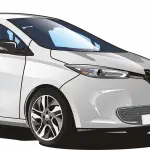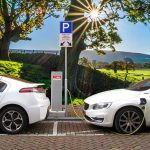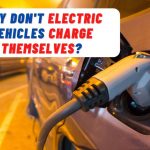Last Updated on March 18, 2022 by
In recent years, technology has advanced greatly, and we have looked for more methods to reduce our burgeoning impact on this planet. The price we pay for using regular gas powered cars is a constant stream of greenhouse gasses into our atmosphere, which is not good for anyone.
This problem is not only coming into full focus, but also being tackled by a new breed of car that promises to be just as good as gas powered cars.
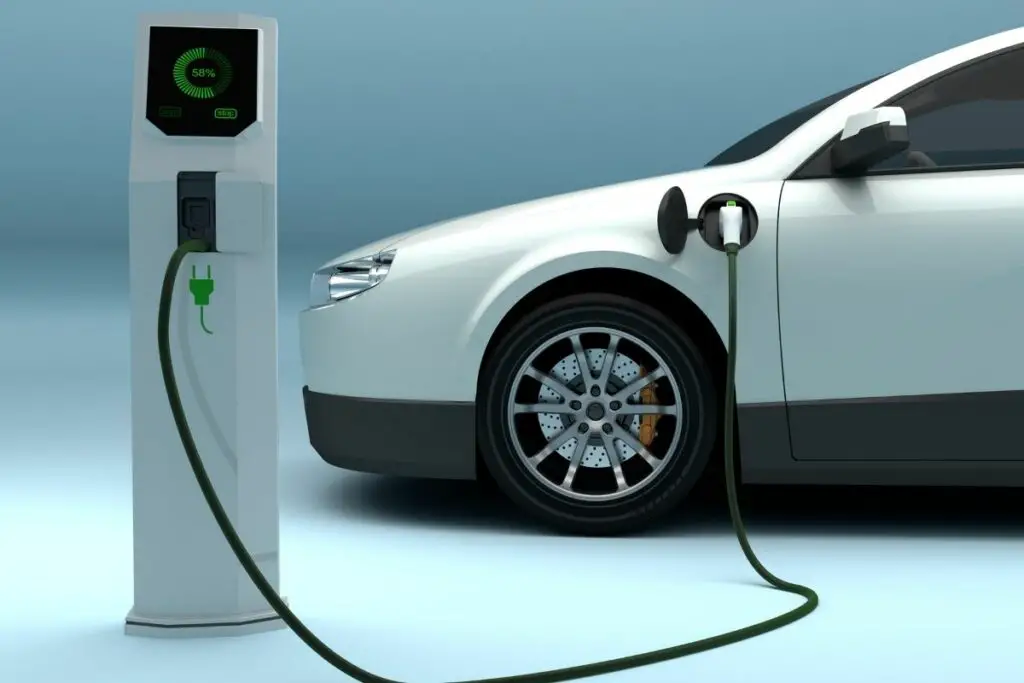
Electric vehicles (or EVs) are becoming more common around the globe. These new cars promise to reduce our dependence on fossil fuels and combat climate change by only relying on electricity for power.
So far, they have been purchased and produced at a rapid pace, with many people ditching gas powered vehicles for this new energy efficient vehicle.
But they also face some challenges to their widespread use among the greater public. One of them is battery charging, which has proved to be a constant thorn in the side of electric car manufacturers and something that electric vehicles in general struggle with.
So, how can they solve this issue? And why can’t electric cars charge themselves?
Why Can’t Electric Cars Charge Themselves?
It may come as a surprise to some that EVs have no ability to self-charge whilst driving. If the technology exists in gas powered vehicles, then why not EVs? Well, the two may be vehicles, but their internal structure is actually quite different from one another.
In a gas powered car, mechanical energy is created by the combustion of fossil fuel in the engine and is a mix of kinetic energy and potential energy.
The combustion produces kinetic energy, which is funneled through the vehicle to the alternator. The kinetic force then pushes the alternator, causing it to spin rapidly. This then converts that kinetic energy into electrical energy, which is funneled to the battery to recharge it.
Electric cars do not have an alternator and therefore cannot charge themselves or the battery within their vehicle.
Why Don’t Electric Cars Have an Alternator?
Quite simply because they can not make use of an alternator. For an alternator to charge a battery, the car must generate and funnel an alternative energy source to the alternator. In gas powered cars, this is mechanical energy.
Unfortunately, electric cars do not generate an alternative energy source, they can only use the electricity that has been stored in their battery, and you can not convert an energy source into the same energy source. If you tried to convert electricity into electricity, then you would just end up losing all the electricity.
As such, until a clean energy source is found to convert into electrical energy that you can generate in cars, then an alternator is useless in an EV.
Self-Charging Potential of Electric Cars
The problems for self-charging in electric motor vehicles are abundantly clear when examined closely, and seem very difficult to solve without extensive work. However, a lot of companies and people are putting a lot of time and money into solving these issues.
They may not have solved the issue completely, but they have found some elegant solutions and have managed to create self-charging systems in modern electric cars that are both ingenious and useful.
Regenerative Braking
This is the most widely used method of regaining some form of charge in the car while it is moving. The regenerative braking system is not just used in electric cars, but in hybrids as well, showing it’s all round effectiveness as a recharging method.
How it works is that when you are driving, there will be periods in which you need to slow for a while before braking. At the point when your car hits a certain speed and is still slowing, your car will enter generator mode.
Once engaged, the kinetic energy that is produced by the wheel’s rotation is collected and transferred through a drivetrain to a generator, which converts a little kinetic energy into electrical energy. This electrical energy is then used to recharge the battery.
It only recharges the battery a little bit, but it is better than nothing. Also, it takes specific circumstances for generator mode to activate. If your safety would be compromised by activation, it will not do it.
Passive Charging Potential of Electric Cars
Currently, regenerative braking is the only way for electric cars to actively self-charge whilst driving. Although it is a great system, it is far from ideal. Yet, there are a lot of ideas currently on the table for self-charging and how we might be able to achieve it in the future. One of these is the idea that cars could passively charge.
Passive charging is not the generation and conversion of energy from one source, rather it is generation and transfer of energy from one source to another. There are a few ideas of how this could be done, but stands out among the rest.
Induction Charging
Induction charging is a very new way of charging devices. This method only became a viable method of charging items a few years ago and only came on the market shortly after that. Yet, since that time, it has become a staple in many households.
Electromagnetic induction creates electricity through the use of a charging coil. The device that is intended to receive the energy has a receiving coil implanted in it in its production.
When the devices are in close proximity or physically connected, the electrical current is passed from the charging coil to the receiving coil. It is then stored in the battery of the receiver and the device is charged.
The problem with doing this with electric cars is building the infrastructure to allow this. It would mean upgrading roads and running power lines through them to charge the coils, so the car can charge while moving, which would cost billions of dollars.
Alternatively, it could be implemented at break stops on roads or installed at home, but this would also require a lot of money.
It is a good idea, but a long way off currently.
The Future of Self-Charging Electric Cars
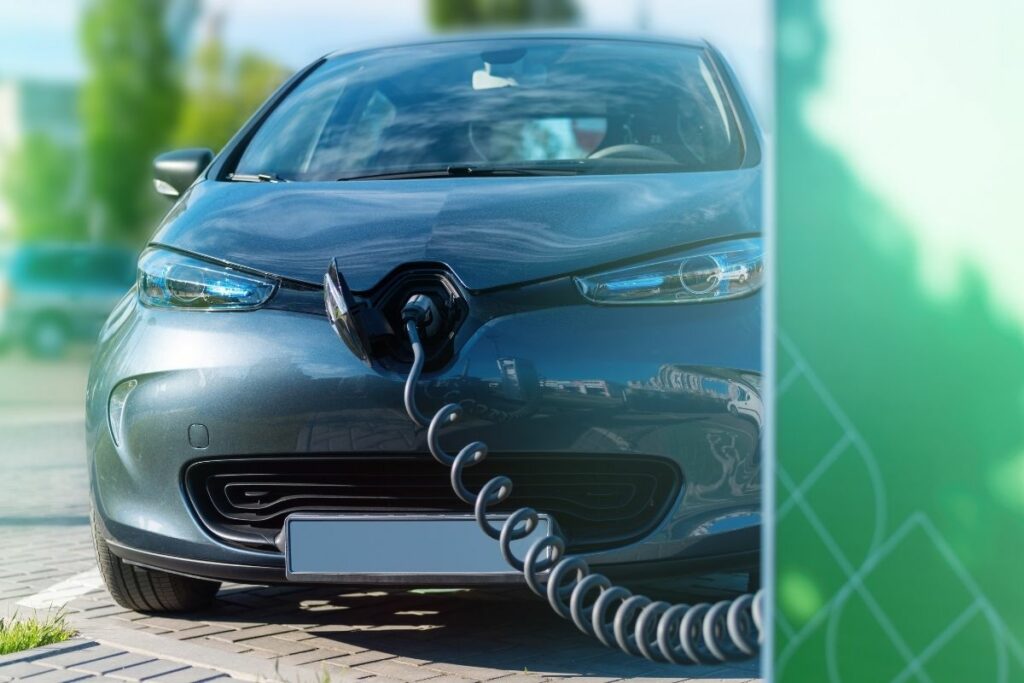
Although there are some self-charging methods and a very real possibility of passive charging methods currently, they are not going to have much impact on effective self-charging in electric cars.
However, there are ideas in the pipeline that give us a real look at a totally self-charging EV, and one idea has made it into the prototype phase with very effective results.
Solar Power
That’s right, solar-powered cars may no longer be a vision of the future but a view of the now. For years, solar power has been experimented with in short distance competitions, but a company in Europe has created a prototype for a solar-powered car.
The Lightyear One is a solar-powered car that can travel up to 450 miles in a single charge. It has a vast amount of solar panels on the car that are protected by thick, safety glass that still lets sunlight through.
While the solar cells are activated, the car can absorb and convert solar energy into electrical energy and charge the battery for up to 7 miles for every hour they are active.
Although this car can currently travel for only short distances, and it will be expensive to purchase, the potential for the car industry is explosive. It may well put gas powered vehicles out of commission for good, but this might be a bit premature until we see the finished product.
Conclusion
Electric cars cannot charge themselves due to an inability to generate energy or convert the energy they produce or store into another energy source in a significant manner.
Yet, this does not mean that they cannot self-charge their batteries at all, and it does not mean that they never will be able to. The future looks bright for the electric vehicle and in a few years, we may well see the first self-charging car.
- Why Electric Vehicles Are Not Popular - January 29, 2023
- How Long Do Tesla Batteries Last Per Day? Battery Facts - January 25, 2023
- Do Electric Vehicles Have Air Conditioning? - December 21, 2022

